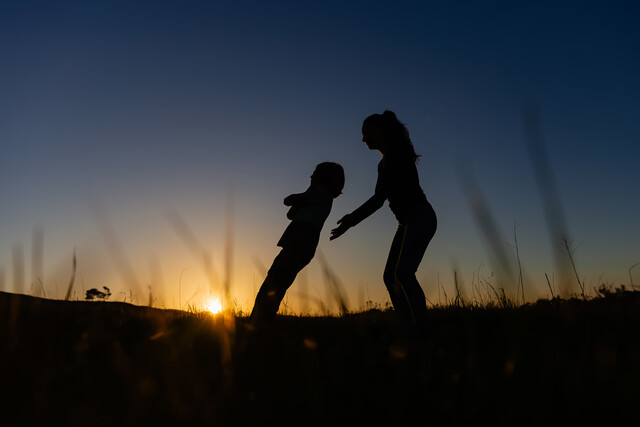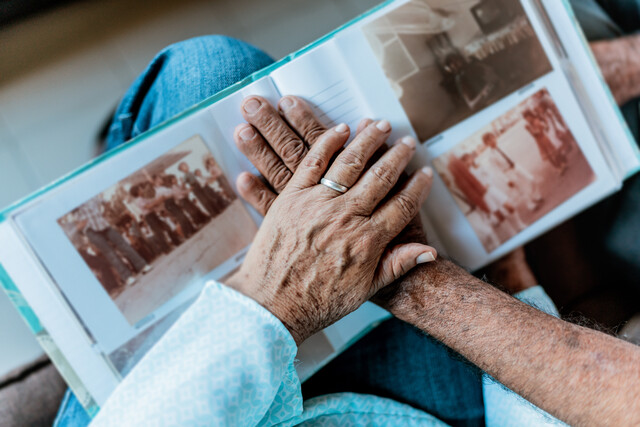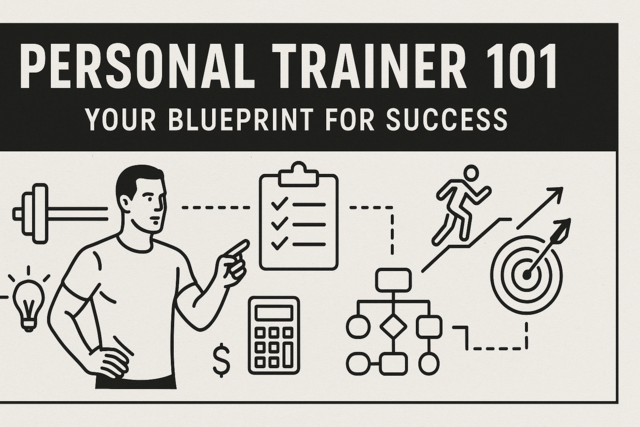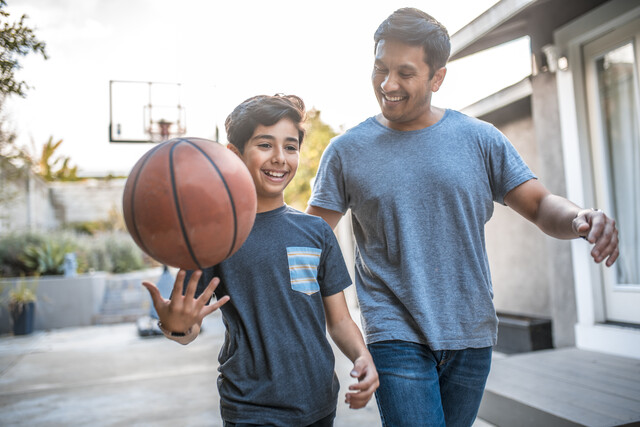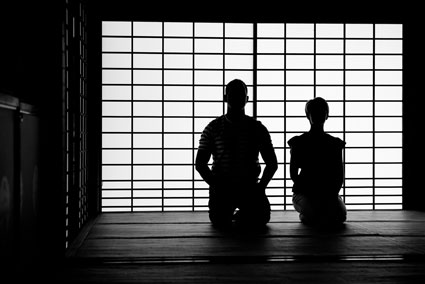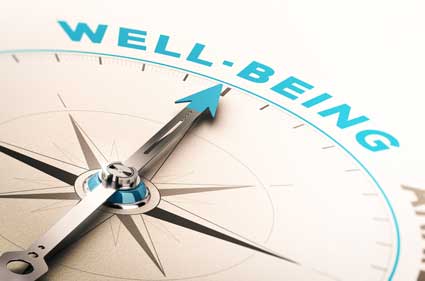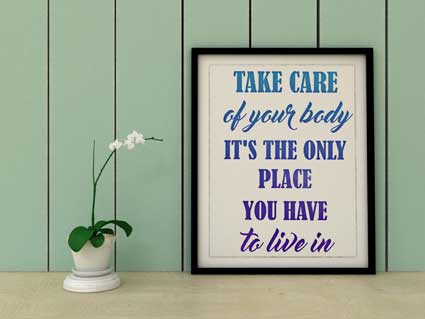Treatment and drugs aside, the best step towards dealing with concussions is prevention. You can't always predict when accidents will happen or prepare for all of them, but you can take steps towards making sure that safety is a number one concern.
Sports
It is difficult to completely protect against a concussion in sports, since there is no way to get inside the head and keep the brain from making contact with the skull. However, precautionary steps towards safety in all aspects can contribute to a decrease in concussions, so here a few steps that sports teams should be taking:
-
Wear appropriate safety gear � Even though the shoulder pads or helmet can't prevent a concussion, they can help keep the rest of the body safe throughout the game. This can keep the player from experiencing further injuries that might worsen the severity of their concussion, should they experience one. Even though a concussion may be unavoidable, the other injuries can be prevented in most cases. By protecting the rest of the body, the athlete's body will be able to recover quicker from a concussion because all of the resources and focus can be given towards this brain injury. Some sports, such as soccer, have specific concussion gear like the concussion headbands that many soccer players wear. However, although this may provide some padding for heading the ball, it is not proven to make any impact on the number of concussions.
-
Play by the rules � This should be something that every coach stresses and that each player strives to work towards. Apart from the rules of gameplay, there are rules in place to keep players safe on both teams. In high-contact sports such as football, there are limitations about what each team can do to the other while playing. If teams strive to follow these rules, they can make the environment safer and reduce the risk of concussion. It is when players go outside of the rules and purposely try to injure the other team that worse injuries can arise.
-
Stress the importance of health � High school or even professional athletes may feel the pressure of the game and not want to step off the field if they feel that their team needs them. Fear of letting down their team can lead to them playing even after receiving a concussion, which puts them at risk for even worse brain injuries. Coaches should stress the importance of taking care of their body and brain, even if these means pulling a star player off the field during a game. Teams should be knowledgeable of the signs and symptoms of concussions, so they are able to recognize if they or a teammate has experienced this injury. Although awareness can't prevent a concussion, it can prevent further injury by playing with a concussion.
-
Reduce risks at practice � Coaches should try to reduce the amount of contact hits or risks in each practice, in order to reduce the chances of getting a concussion in practice. Players already receive enough contact and physical hits in the games, and experiencing that daily in practice as well is not good for their brain's health. Head-to-head contact should be eliminated if possible from practice, as this is at high risk for concussions.
Falling
Since falling is the leading cause of concussions in the United States, prevention towards this needs to be taken seriously. The two age groups that are particularly susceptible to concussions from falling are older individuals and small children.
-
Older Individuals � If there is an older adult in your life that could be at risk for falling, encourage them to take the right steps towards protecting their head. This may mean seeking help doing activities that could lead to an accident, whether by hiring a caretaker or calling their kids to come help when necessary. As they get older and moving about gets increasingly more difficult, there might even be a time to consider moving them into a home where they can be cared for, whether it is a nursing home or one of their children's houses. Getting enough care and attention is the best prevention against falling for older individuals.
-
Children � Young children aged 5 and under at most at risk for falling and hitting their head, since they don't yet have good body control. The best way to prevent a serious injury is by baby-proofing the home so there are no dangerous places for them to fall. While falling is just a part of learning to walk and growing up for a child, the parents or caregivers can make the environment a safe place for the child to learn to walk. Sharp corners and hard surfaces should be avoided unless there is an adult nearby to catch the child if he or she falls. Stair gates may be necessary to keep a toddler from climbing up the stairs and falling down.
One should also always be careful in the way that they handle a baby or small child, since they are still in an early developmental stage and can be easily injured. Never shake or jolt a baby, as this can cause brain damage due to the sudden movement of their brain. Be careful who you allow to hold a baby, since letting an irresponsible person take care of a child could put the child at risk for being dropped or other injuries.
-
Accidental Falls � Although children and older adults make up the highest demographics for getting concussions by falling, anyone of any age is susceptible to falling. You can make your home a safer place by keeping it well-lit and keeping the floors clear from items that people might trip on. While you can't prevent everything, you can do your part to provide a safe environment for guests and your family.
In order to reduce the risk of falling, there are certain measures that homeowners as well as public places can take. Putting up railings on stairs or ramps camp help by providing something to hold on to or grab if a person falls. Non-slip bath mats can reduce the risk of slipping and falling in the shower. For older individuals, grab bars in the bathroom or shower may be necessary to aid in getting in and out.
Automobiles � Even the simplest of car accidents can lead to a concussion, so it is always important to take necessary safety precautions when riding in a vehicle.Wearing a seatbelt properly can prevent whiplash in the event of a sudden stop, which is a leading cause of concussions in automobile accidents. The sudden lurch forward when a car stops abruptly can cause brain damage, but a seatbelt that holds you in place can lessen the damage. Small children should always ride in the appropriate car-seats for their size.
If you or a family member has recently been in a car accident, even the smallest one, be aware of the potential for a concussion. Watch for signs and symptoms to appear and consider getting their head checked by a medical professional even if symptoms aren't obvious. Understanding that it doesn't take much to get a concussion can help you be more aware of what injuries you might suffer from just a simple car accident.
Prevention of Worse Injuries:
Concussions may be unpredictable and often unpreventable, but precautions can be taken to ensure that worse damage doesn't come to those who suffer from a concussion. Awareness is the biggest key to prevention, and raising awareness can save lives.
-
If anybody experiences a head injury, they should know what symptoms to look out for that might indicate they have suffered from a concussion. If they have suffered brain damage, they might experience a state of confusion and not think clearly enough to identify their symptoms. In this case, it is up to their teammates, coaches, loved ones, or bystanders to watch out for signs of a concussion and make sure that they get the necessary medical attention. As mentioned above, awareness can help you make sure that you and your family get the proper medical attention after a car accident.
-
Remove athletes with a concussion from the game. Without awareness, many athletes and coaches may not realize the dangers of continuing to play with a concussion. This is a very serious situation as a second injury could lead to second-impact syndrome, which is often life-threatening.
-
Be aware of complications. If deeper injuries remain unchecked and the hurt person just takes pain medication to mask the symptoms, then the condition could worsen and put them in a life-threatening state of health. It is always better to be safe and get head injuries checked out by a medical professional who can provide a more complete diagnosis.
-
Understand and stick with the treatment. Knowing the functions of the brain and how a concussion affects that can increase the willingness to stick with a treatment plan. Rest is so critical to overcoming a condition and preventing worse injury, but if a hurt individual doesn't prioritize rest and instead puts themselves at more risk, then they could end up with a more severe injury. Awareness of the importance of rest during treatment can make a difference in how seriously a person takes their doctor's instructions. If they understand why it is important, then they might be more willing to comply and give their body time to heal.
-
Learn from the cause. If somebody gets a concussion from slipping in the bathroom and hitting their head, don't write it off as a one-time accident. It could happen to anybody else, and it may be necessary to consider what could be done to prevent future accidents. Perhaps a bath rug or a handrail is necessary to make sure that these circumstances don't repeat themselves. If an athlete is continually getting hit in the head and receiving concussions, there has to be a point where they weigh the value of their brain's health against staying in the game. If they can't seem to avoid concussions in the sport they are in, it could be in their better interest to find a new sport with less risk. The more concussions they accumulate, the worse the damage to their brain.
-
Understand your risk factors. There are many different factors that might put you more at risk for concussions, so take some time to see what actually applies to you. Heredity, sex, occupation, athleticism, age, and many more variables can impact your likelihood of getting a concussion. Consider these factors and be aware of when you are putting yourself in a risky situation, such as at work and in a sports game.
Prevention of concussions has become such a highly discussed aspect in the field of sports, but this injury also impacts so much else throughout daily life. Prevention is necessary to reduce the number of concussions per year, and awareness is the key to prevention. Not everything is entirely avoidable, but taking steps towards safety is the surest way to make improvement.






